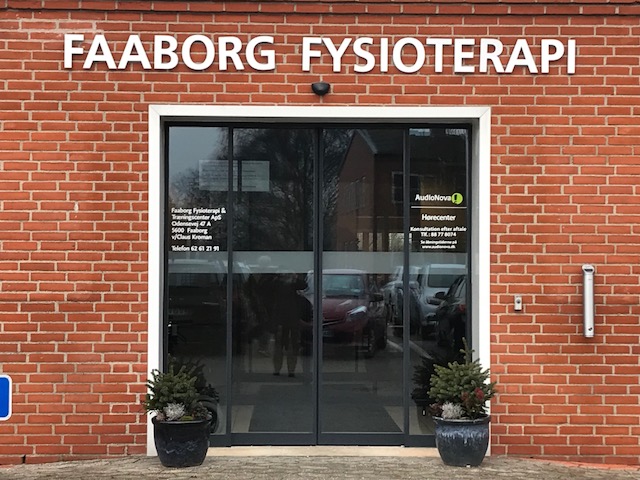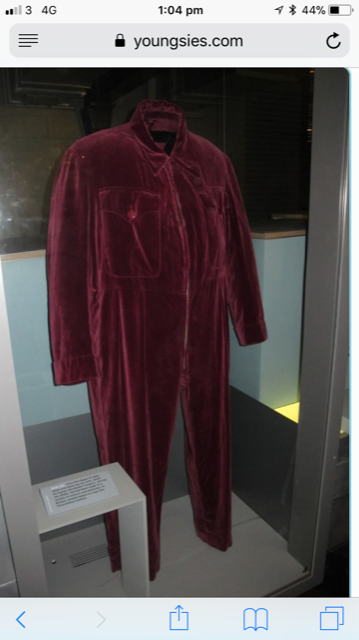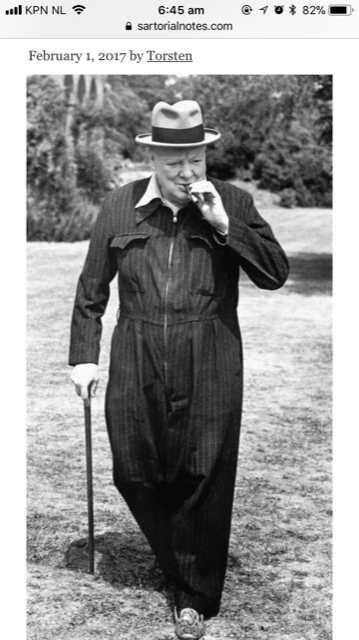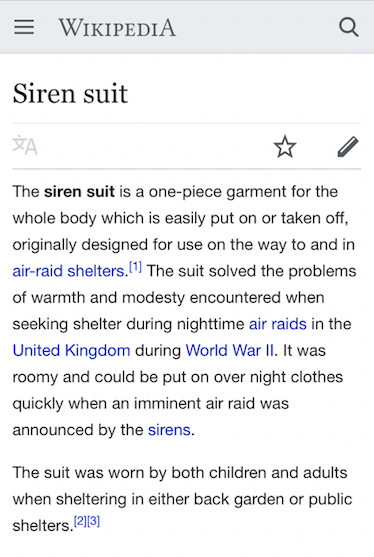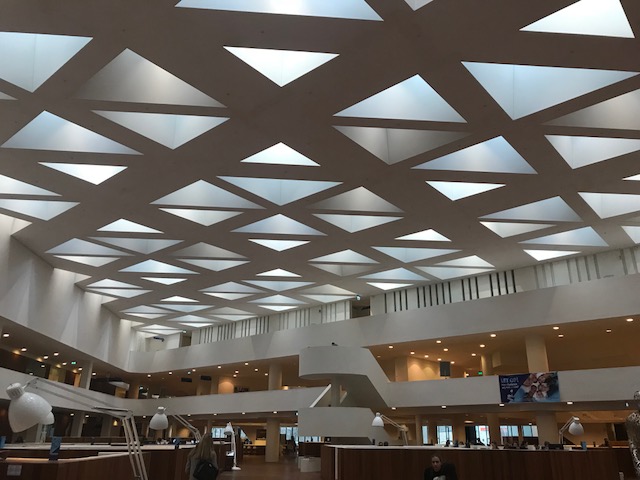Background: Anterior cruciate ligament (ACL) rupture is a well-known risk factor for development of knee osteoarthritis. Early identification of those patients at risk and early identification of the process of ACL rupture leading to osteoarthritis may aid in preventing the onset or progression of osteoarthritis.
Purpose: To identify early degenerative changes as assessed on magnetic resonance imaging (MRI) after 2-year follow-up in patients with a recent ACL rupture and to evaluate which determinants are related to these changes.
Study design: Cohort study; Level of evidence, 2.
Methods: Included in this study were 154 adults aged between 18 and 45 years with acute ACL rupture diagnosed by physical examination and MRI, without previous knee trauma or surgery, and without osteoarthritic changes on radiographs. A total of 143 patients completed the 2-year follow-up, and the results in this study apply to these 143 patients. All patients were treated according to the Dutch guideline on ACL injury. Of the 143 patients, 50 patients were treated non-operatively during the 2-year follow-up period.
Main outcome was early degenerative changes assessed on MRI defined as progression of cartilage defects and osteophytes in tibiofemoral and patellofemoral compartments. Patient characteristics, activity level, functional instability, treatment type, and trauma-related variables were evaluated as determinants.
Results: The median time between MRI at baseline and MRI at 2-year follow-up was 25.9 months (interquartile range, 24.7-26.9 months). Progression of cartilage defects in the medial and lateral tibiofemoral compartments was present in 12% and 27% of patients, and progression of osteophytes in tibiofemoral and patellofemoral compartments was present in 10% and 8% of patients, respectively. The following determinants were positively significantly associated with early degenerative changes: male sex (odds ratio [OR], 4.43; 95% CI, 1.43-13.66; P = .010), cartilage defect in the medial tibiofemoral compartment at baseline (OR, 3.66; 95% CI, 1.04-12.95; P = .044), presence of bone marrow lesions in the medial tibiofemoral compartment 1 year after trauma (OR, 5.19; 95% CI, 1.56-17.25; P = .007), joint effusion 1 year after trauma (OR, 4.19; 95% CI, 1.05-16.72; P = .042), and presence of meniscal tears (OR, 6.37; 95% CI, 1.94-20.88; P = .002). When the patients were categorized into 3 treatment groups (non operative, reconstruction <6 months after ACL rupture, and reconstruction ≥6 months after ACL rupture), there was no significant relationship between the treatment options and the development of early degenerative changes.
Conclusion: Two years after ACL rupture, early degenerative changes were assessed on MRI. Concomitant medial cartilage defect and meniscal injury, male sex, persistent bone marrow lesions in the medial tibiofemoral compartment, and joint effusion are risk factors for degenerative changes.
The full text is available:
Degenerative Changes in the Knee 2 Years After Anterior Cruciate Ligament Rupture... | Request PDF. Available from: https://www.researchgate.net/publication/297740630_Degenerative_Changes_in_the_Knee_2_Years_After_Anterior_Cruciate_Ligament_Rupture_and_Related_Risk_Factors_A_Prospective_Observational_Follow-up_Study [accessed Feb 26 2018].
____________________________________________________________________
The Clinical Translator: Anterior Cruciate Ligament injuries result in degenerative change and associated symptoms in approximately 50% of affected knees at 10-15 years post injury. This study found early degenerative change at 2 years post injury in several subgroups including those people who had:
-concomitant medial cartilage defects and meniscal injury,
-persistent bone marrow lesions in medial tibiofemoral compartment and
-joint effusion at 1-year post trauma.
As clinicians, sports physicians and surgeons working with these people it would seem imperative to monitor symptoms carefully, especially in the above mentioned sub-groups during the rehab phase, optimise muscle strength / power whilst respecting joint symptoms and possibly delaying high impact loading. In a shared decision-making model this depends on the desired outcome expressed by the patient–early return to high level / elite sport OR optimising long term knee quality of life/ possibly slowing joint degenerative change.
No significant relationship was found between the treatment options (non-operative versus operative) and the development of early degenerative changes.
Interestingly in this cohort study, 50 of 154 patients were managed non-operatively (35%). The Dutch guidelines advise delaying surgical opinion for ACL reconstruction for a period of 3 months post injury, during which time quads exercises and general activity are encouraged.
Another study by Van Meer et al, attached below, found bone density loss in the injured knee following ACL injury, particularly in the operated group and in the first year post ACLR. This is another important consideration for clinicians when deciding appropriate timing of high load plyometric exercises.
This is intended as an aid to the clinician to translate research findings into clinical practice but is my own opinion based on the available current research evidence and my clinical expertise and experience. Clinicians should consider if this advice is appropriate for them and use their own reasoning processes considering the individual patient in question
The Clinical Translator from PhysioEducator: "striving for excellence through innovation in Physio Education”
Another important study which followed this one also by Belle L van Meer et al, looked at bone density loss after ACL injury:
Bone mineral density changes following anterior cruciate ligament rupture | Request PDF. Available from: https://www.researchgate.net/publication/259142293_Bone_mineral_density_changes_following_anterior_cruciate_ligament_rupture [accessed Feb 26 2018].
Objective: The pathophysiology of anterior cruciate ligament (ACL) rupture leading to knee osteoarthritis (OA) remains largely unknown. It seems that bone loss occurs after ACL rupture. The purpose of our study was to determine bone mineral density (BMD) changes in the knee after ACL rupture during 2-year follow-up period and to compare BMD changes between the injured and healthy contralateral knee.
Design: Patients were included in an observational prospective follow-up study within 6 months after ACL trauma and evaluated for 2 years. Patients were treated operatively or non-operatively. At baseline and at the one- and 2-year follow-ups, BMD was measured in six regions of the tibia and femur for both knees (medial, central, lateral) using a Dual-energy X-ray Absorptiometry (DXA) scanner.
Results: One hundred forty-one patients were included, with the following characteristics: 66% were male, median age at baseline was 25.3 (inter-quartile range 11.3) years, and 63% were treated operatively. After 1 year, BMD was significantly lower in all regions of the injured knee of the operatively treated patients compared to baseline. After 2 years, BMD was significantly increased, but remained lower than the baseline levels. In all regions for all measurements, the mean BMD was significantly lower in the injured knee than in the healthy contralateral knee.
Conclusions: During a 2-year follow-up period after ACL rupture, the BMD level in the injured knee was found to be lower than in the healthy contralateral knee. In operatively treated patients, the BMD decreased in the first year and increased in the second follow-up year.


